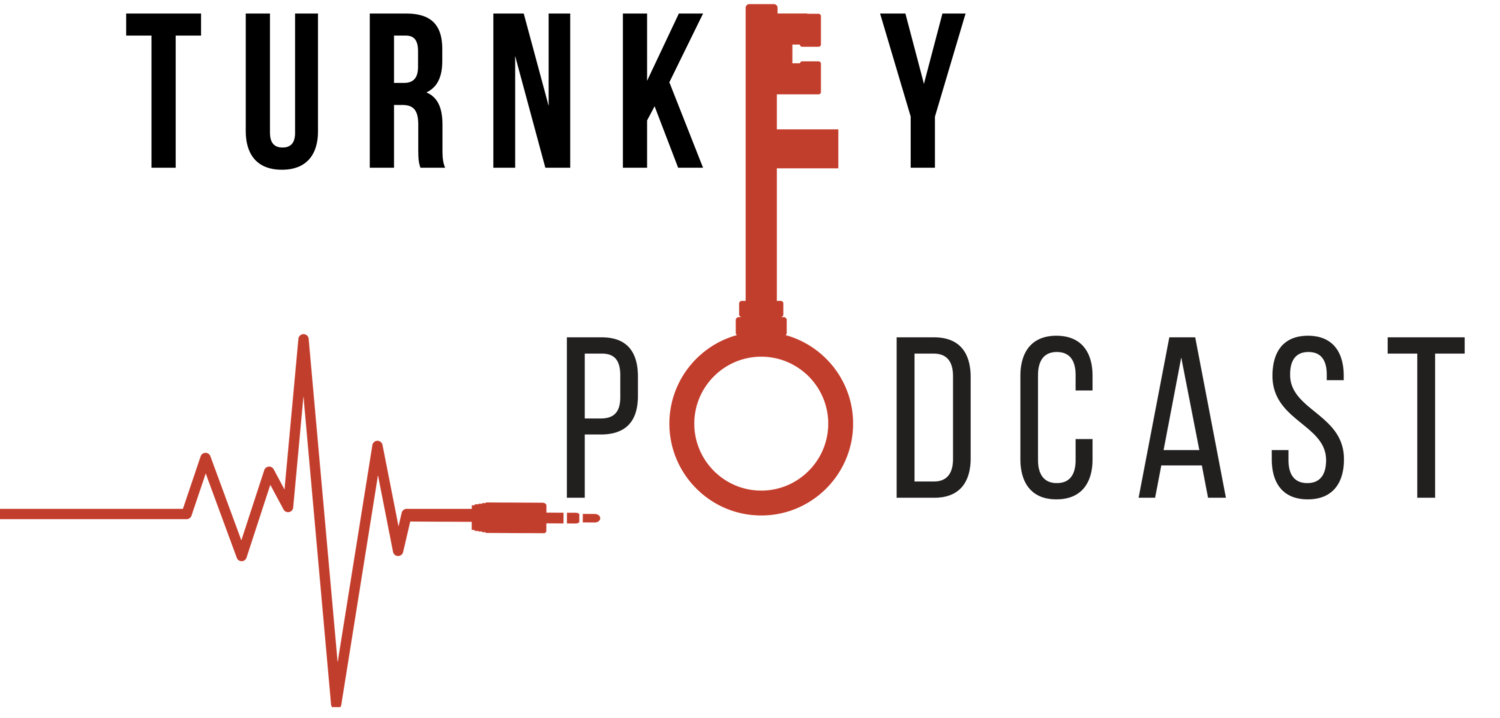Over the course of the past ten years, you’ve likely dipped in and out of a wide variety of business-use technology, trying to find the best and most cost-effective systems through which your business can scale, profit and grow. The problem, after all of these years of experimenting, integration and onboarding, is that you’re now tied up in a tangle of programs that you yourself may find it very difficult to untangle and map out.
This article aims to help you solve this particular conundrum, offering advice as to how you can manage your business software systems in 2020.
Making a Map
It might sound a little juvenile and infantilizing, but you’ll be surprised how helpful it can be to draw up a complete map of all of the different programs that your company is using at the present day. By having all of your programs on the same page, you’ll be able to assess which are unnecessary, and how they all interact in their various silos.
Not only will this help you choose which software to onboard in the future, but it’ll give new IT team members an idea of what they’re working with from the outset.
Finding Integrations
Next, you should look at those technologies that are providing a small, specific service for your business. Maybe that’s helping you manage your accounts, or it’s tracking your clicks on your website. The problem with all of these systems is that they produce disparate sets of data, and therefore it becomes difficult to provide a holistic measure of all parts of your system, through data, at once. The solution? Integration. Find services that help bring your software together. You can, for instance, sync authorize net with Quickbooks in order to make a complete accounting program.
You can do the same with marketing and website data. Centralize in order to gain insights into your business.
Pruning
You have a map, and you have an idea of what services and software solutions are essential for your business, and which are perhaps a little redundant. So, now is the time to prune. You can do this by conducting a sensible overview of the companies and software outfits that you currently trade with. Where are their services duplicating: where are you paying for two companies that essentially provide the same range of services? Be brutal with your pruning in order to fill your tech map with only the software that’s essential and multi-purpose.
Update and Adapt
Finally, no software strategy is complete and coherent without an acceptance that your software is likely to be outclassed by new upstarts and better-value propositions in the future. This is a natural dog-eat-dog part of the technological world, and it’s an essential part for you and your company to understand. There’s no such thing as loyalty to a software company – if you find a better deal elsewhere, the better company will help you upgrade, update and onboard without any stress – onto a better, more productive system.
Don’t be sentimental about the tech that your company uses – be brutal in order to ensure you’re using the best-spec tech for your company in 2020.
